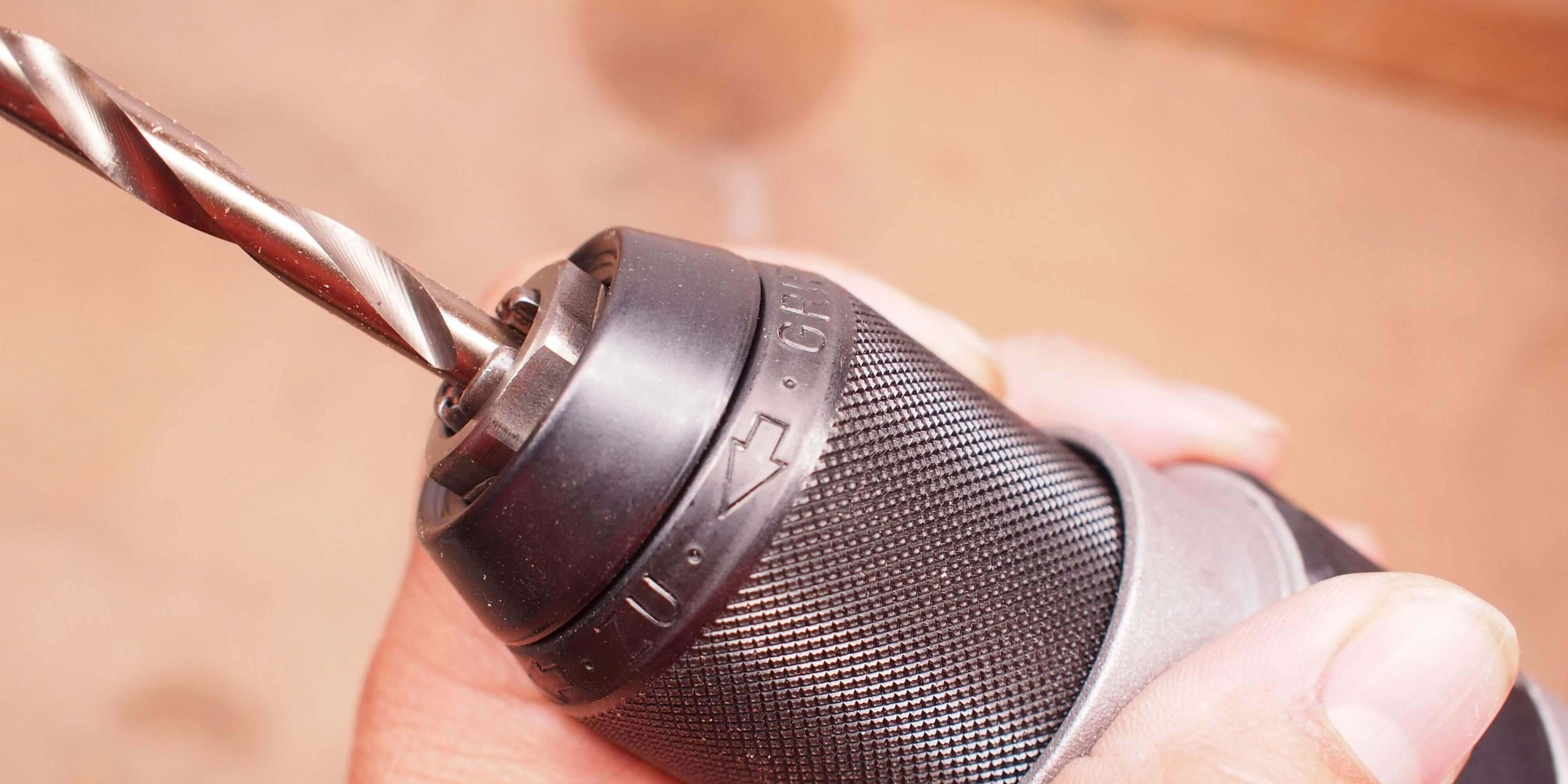
Understanding Torque in Driver Drills
In the world of power tools, the torque of a driver drill plays a crucial role in determining its performance and suitability for various tasks. Torque, simply put, is the rotational force generated by the drill. Understanding the difference between 150N.m and 100N.m torque in driver drills is essential for DIY enthusiasts and professionals alike, as it directly impacts the efficiency and effectiveness of your projects.
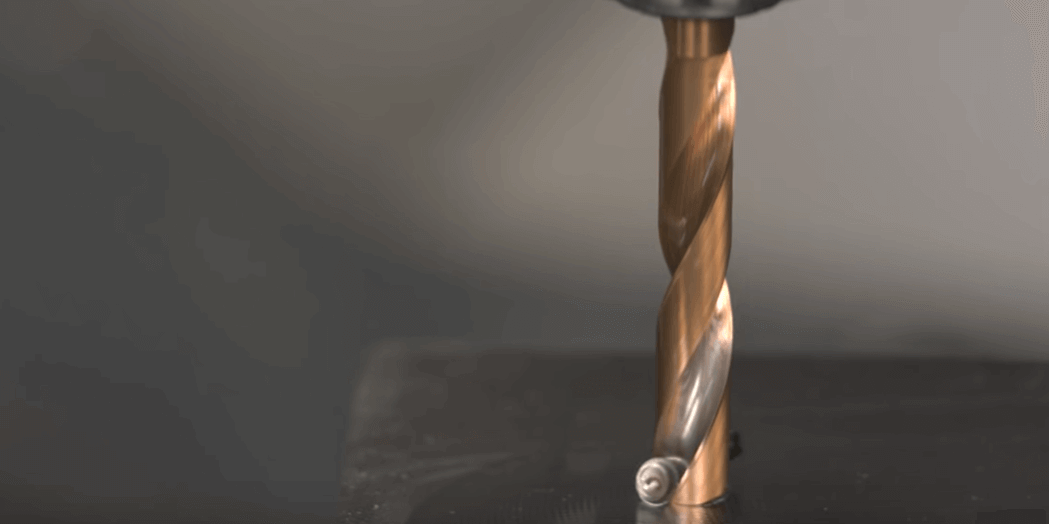
Before delving into the specifics, let's grasp the concept of torque. In the context of driver drills, torque is the force that rotates the drill bit. It's the power behind the drill's ability to drive screws into materials or bore holes. The torque of a drill significantly influences its overall performance, making it a key factor in selecting the right tool for the job.
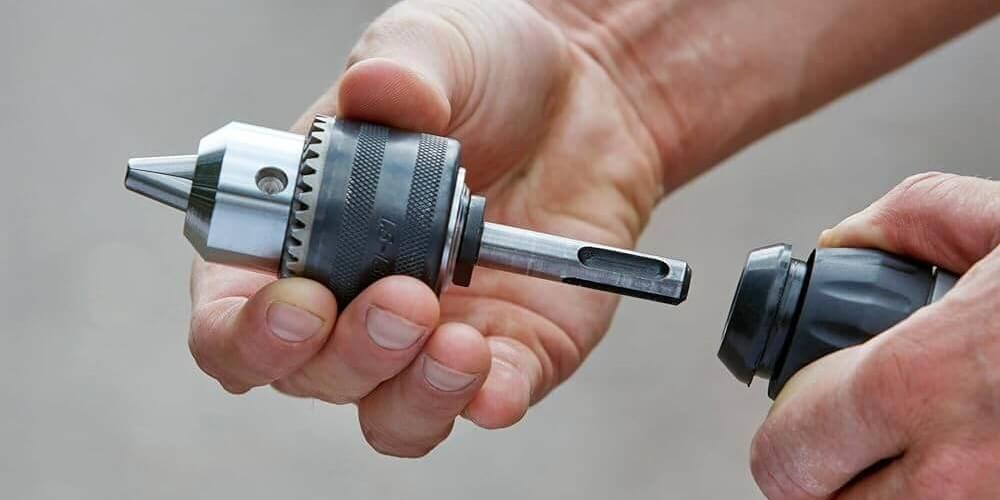
When we talk about 150N.m torque in driver drills, we're referring to a high level of rotational force. This robust torque is suitable for heavy-duty applications, such as driving large screws into hardwood or drilling into dense materials like masonry. The 150N.m torque drills are known for their power and capability to tackle challenging tasks with ease.
Dominating Power for Efficient Drilling
When it comes to driver drills, power is paramount. At 150N.m torque, these tools deliver a dominating force, making drilling through various materials a breeze. Whether it's wood, metal, or masonry, the enhanced torque ensures efficient and effective drilling with every use.
Swift and Precise Screw Driving
Driver drills aren't just about drilling; they're also indispensable for screw driving tasks. The 150N.m torque specification enables these drills to handle screws with swift precision. No more struggling with stubborn screws—experience a seamless screw driving process that saves time and effort.
Versatility in Applications
One of the standout features of 150N.m torque on driver drills is its versatility. From DIY enthusiasts to professional contractors, these drills cater to a broad spectrum of applications. The torque ensures that the drill adapts to the specific demands of the task at hand, offering a versatile solution for various projects.
Effortless Operation for Users
The ergonomic design coupled with 150N.m torque makes using driver drills a comfortable experience. Users can accomplish tasks with less physical strain, allowing for prolonged usage without fatigue. It's a winning combination of power and user-friendly design that enhances the overall drilling and driving experience.
Extended Battery Life
Efficiency isn't just about power; it's also about making the most out of available resources. With 150N.m torque, driver drills optimize energy usage, resulting in extended battery life. This means less downtime for recharging and more productivity on the job.
In conclusion, the significance of 150N.m torque on driver drills transforms these tools into indispensable assets for any toolkit. Whether you're a DIY enthusiast or a professional tradesperson, the enhanced torque ensures that your driver drill stands out in terms of power, precision, and versatility.
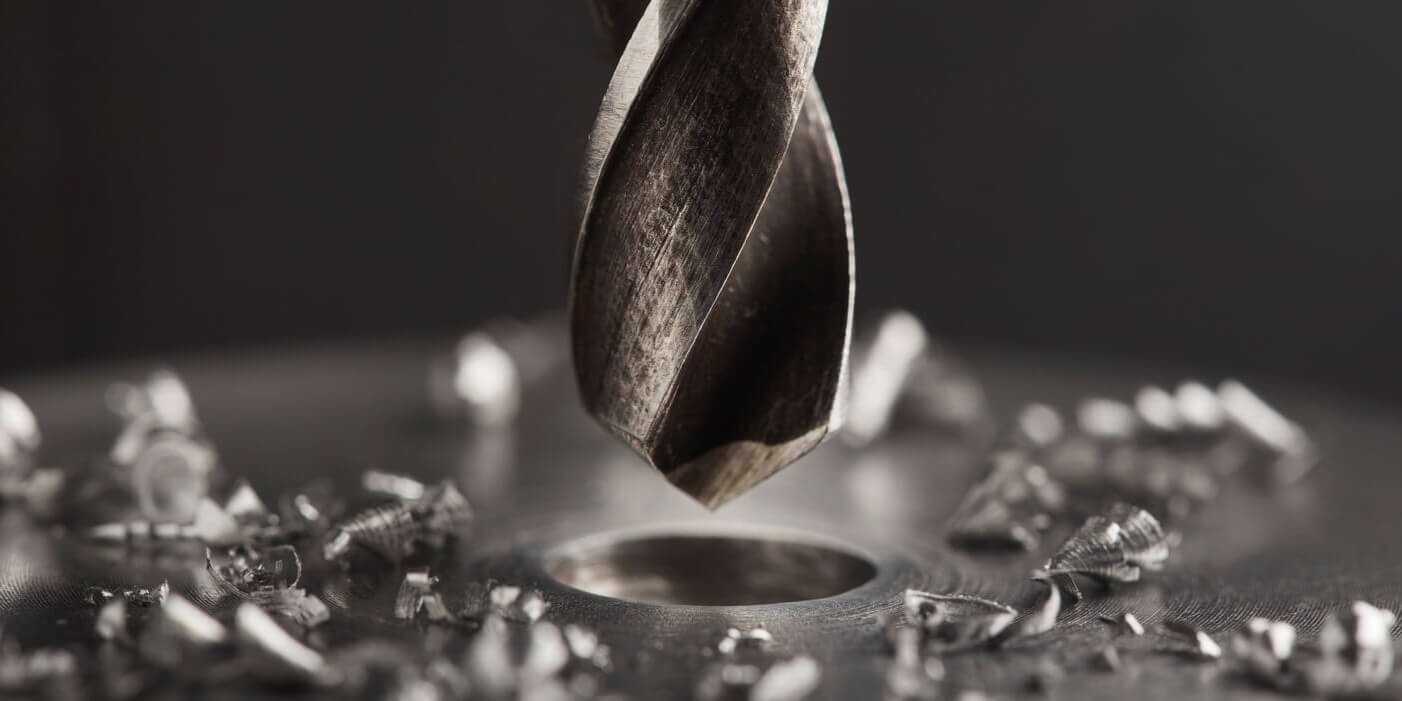
Applications:
On the other hand, the 100N.m torque drills have their own niche. While not as powerful as their 150N.m counterparts, they shine in scenarios where precision and finesse are paramount. Tasks like assembling furniture or working with softer materials benefit from the lower torque, preventing accidental damage or over-tightening.
Precision Drilling in Various Materials
At 100N.m torque, driver drills find their sweet spot for precision drilling. This torque level allows for efficient drilling through materials such as wood, metal, and plastics. Whether you're a DIY enthusiast or a professional, achieving clean and precise holes becomes a hassle-free task.
Optimal for Light to Medium Duty Tasks
The 100N.m torque range is ideal for light to medium-duty tasks. From assembling furniture to installing fixtures, driver drills with this torque specification provide the necessary power without being overly robust. It strikes a balance, ensuring versatility in handling a range of common tasks.
Enhanced Screw Driving Control
Driver drills excel not only in drilling but also in screw driving tasks. The 100N.m torque allows for controlled and precise screw driving. It's perfect for applications where finesse and accuracy are crucial, such as carpentry or electrical work.
Versatility for DIY Enthusiasts
For DIYers, a driver drill with 100N.m torque is a versatile companion. From crafting projects to home repairs, this torque specification offers enough power for a wide array of DIY applications without overwhelming complexity.
Limitations:
Not Ideal for Heavy-Duty Construction
While 100N.m torque is perfect for everyday tasks, it might fall short in heavy-duty construction scenarios. Tasks that involve drilling through thick concrete or driving large screws into dense materials may require a higher torque rating for optimal performance.
Limited Power for Professional Construction Work
Professional contractors engaged in extensive construction projects may find the 100N.m torque somewhat limiting. The demand for higher power becomes apparent in scenarios where speed and efficiency are critical, such as in commercial construction or remodeling projects.
Potential Strain in Demanding Applications
In applications requiring prolonged, heavy use, the 100N.m torque may lead to increased strain on the tool. While suitable for intermittent use, continuous demanding tasks may necessitate a higher torque specification to ensure longevity and sustained performance.
Consideration for Industrial Settings
For industrial settings with rigorous demands, such as manufacturing or heavy fabrication, the 100N.m torque might not meet the robust requirements. Industrial applications often benefit from more powerful tools to meet the high-performance standards of these environments.
In conclusion, the 100N.m torque on driver drills strikes a balance between versatility and power. It excels in a range of applications, making it an excellent choice for DIYers and those engaged in light to medium-duty tasks. However, users should be mindful of its limitations, especially in scenarios demanding higher torque for heavy-duty construction or industrial applications. Understanding the applications and limitations ensures that the tool is used optimally for the task at hand, maximizing both efficiency and longevity.
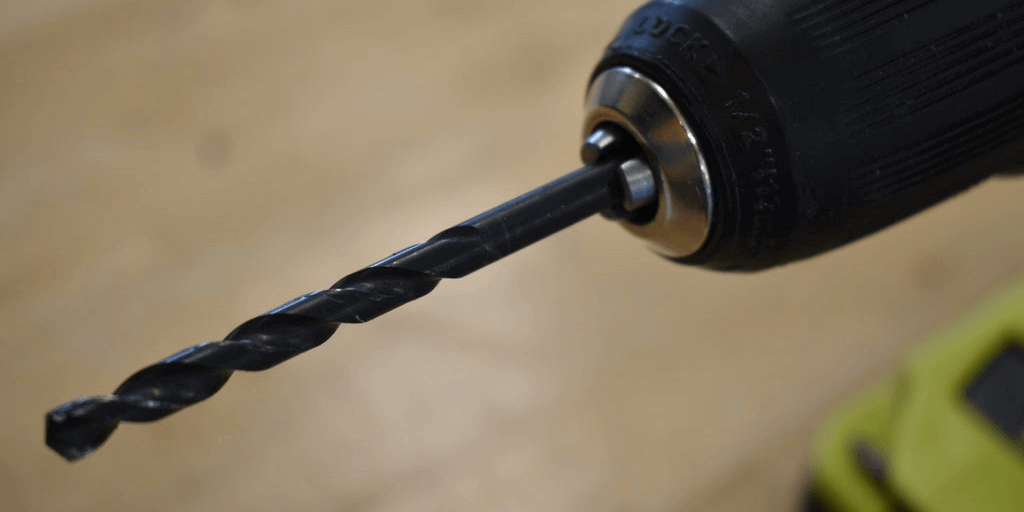
Selecting the appropriate torque for your project involves considering various factors. The type of material, the size of screws or drill bits, and the nature of the task all influence the torque needed. Striking the right balance ensures optimal results, preventing underpowered or overpowering situations.
Assessing Project Requirements
Before delving into torque specifications, comprehensively assess your project requirements. Consider the materials you'll be working with, the type of tasks involved (drilling or screw driving), and the overall scale of your project. This initial evaluation sets the foundation for making an informed decision.
Lightweight Tasks: 50-80N.m Torque
For light-duty tasks such as assembling furniture, hanging shelves, or basic household repairs, a driver drill with a torque rating between 50-80N.m is suitable. It provides ample power for these applications without being overly robust.
Versatility in DIY Projects: 80-120N.m Torque
If your projects involve a mix of tasks, including both drilling and screw driving, a torque range of 80-120N.m offers versatility. This ensures the tool can handle a broader spectrum of applications, making it an ideal choice for DIY enthusiasts.
Medium to Heavy-Duty Projects: 120-150N.m Torque
Engaging in more substantial projects, such as constructing wooden structures or tackling extensive renovations, calls for a driver drill with a torque rating between 120-150N.m. This level of torque provides the necessary power for medium to heavy-duty applications.
Industrial and Heavy Construction: 150N.m and Above
For industrial settings or projects involving heavy construction, opt for a driver drill with a torque rating of 150N.m and above. These tools deliver the robust power needed for demanding tasks, ensuring efficiency and effectiveness in challenging environments.
Consider Battery Life
In addition to torque, consider the battery life of the driver drill. For prolonged projects, a tool with long-lasting battery performance is essential. Evaluate whether a cordless or corded option best suits your needs and ensures uninterrupted workflow.
Ergonomics and User Comfort
Beyond specifications, factor in the ergonomics and user comfort of the tool. A well-designed driver drill with comfortable grips and a balanced weight distribution contributes to a positive user experience, especially during extended use.
Choosing the right torque on driver drills involves a careful balance between power and precision tailored to your project's unique demands. Whether you're a DIY enthusiast, a professional contractor, or involved in industrial applications, aligning the torque specification with your project requirements ensures optimal performance and project success. Take the time to evaluate your needs, and let the torque on your driver drill be the driving force behind your project's efficiency and accomplishment.
Real-World Examples

To illustrate the practical differences, let's explore real-world examples. In construction, a 150N.m torque drill might effortlessly drive lag bolts into thick beams, while a 100N.m torque drill excels in assembling delicate cabinetry without damaging the material.
Example 1: Effortless Drilling Through Tough Materials
150N.m Torque:
Imagine a scenario where you need to drill through a dense hardwood surface to construct a sturdy piece of furniture. A driver drill boasting 150N.m torque effortlessly powers through the wood, providing a seamless drilling experience. The high torque ensures swift progress without compromising precision.
100N.m Torque:
In contrast, using a driver drill with 100N.m torque for the same task might require more effort. While it can still get the job done, the process might be slower, and there could be a need for additional pressure to penetrate the tough material adequately.
Example 2: Precision in Screw Driving
150N.m Torque:
Consider a scenario where you're working on a carpentry project that demands precision in screw driving. A driver drill with 150N.m torque delicately controls the insertion of screws, allowing for accurate placement without any risk of over-tightening or stripping.
100N.m Torque:
Using a driver drill with 100N.m torque for the same task may result in a satisfactory outcome, but the finer control required for intricate screw driving may be compromised. The lower torque could lead to less precise handling of screws, impacting the overall finish of the project.
Example 3: Tackling Heavy-Duty Construction
150N.m Torque:
Picture a construction site where heavy-duty tasks, such as drilling into concrete for structural installations, are commonplace. A driver drill with 150N.m torque powers through the concrete with authority, ensuring efficiency and meeting the demands of the rigorous construction environment.
100N.m Torque:
Using a driver drill with 100N.m torque in the same heavy-duty construction scenario might prove challenging. The lower torque may result in slower progress, increased strain on the tool, and potentially less effective performance in demanding applications.
In real-world applications, the difference between 150N.m and 100N.m torque on driver drills becomes palpable. While both can handle various tasks, the higher torque provides a distinct advantage in terms of speed, efficiency, and precision, especially in challenging scenarios. When choosing a driver drill, consider the specific demands of your projects to ensure that the torque aligns perfectly with the tasks at hand, ultimately enhancing your overall productivity and project outcomes.
Balancing Power and Battery Life
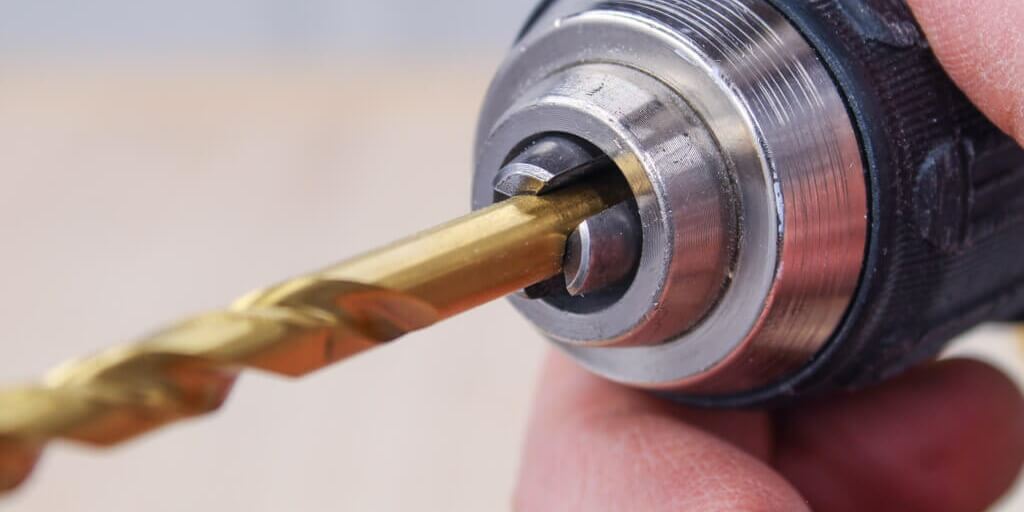
Advancements in drill technology have led to user-friendly features in high-torque drills. From ergonomic designs to intelligent control systems, these drills aim to enhance the user experience. However, 100N.m torque drills often come with lighter weights and more compact designs, making them easier to handle for extended periods.
Safety Considerations
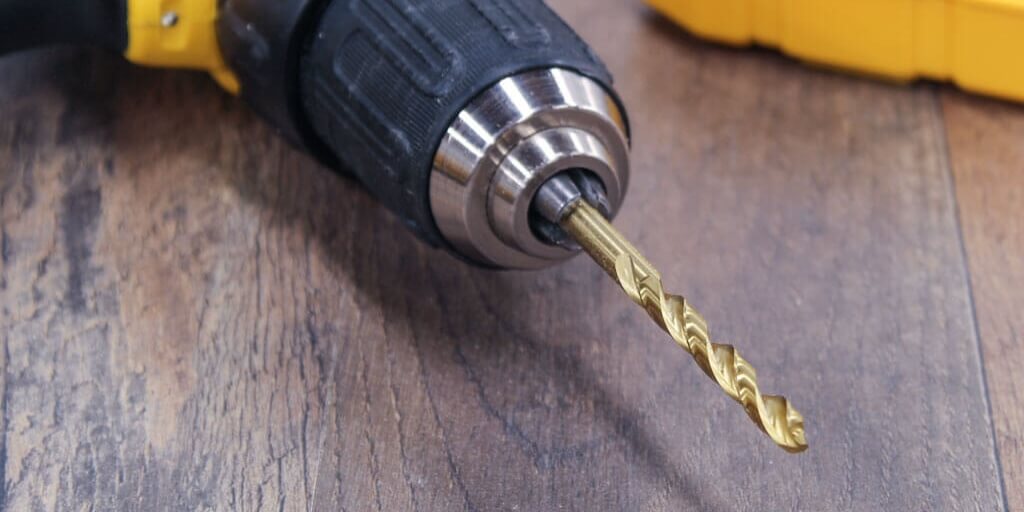
Working with high-torque drills requires attention to safety. Ensure you follow proper guidelines, including wearing appropriate protective gear. The higher the torque, the greater the potential for accidents, so exercise caution and adhere to safety protocols.
User Reviews and Recommendations
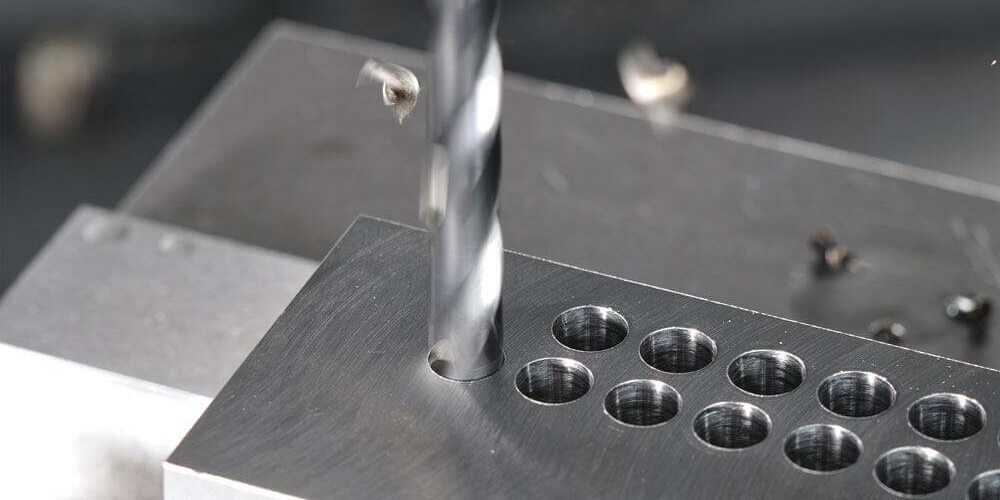
For practical insights, consider user reviews and recommendations. Those who have hands-on experience with both 150N.m and 100N.m torque drills can provide valuable perspectives. Pay attention to feedback regarding durability, performance, and overall satisfaction.
Maintenance Tips for High Torque Drills
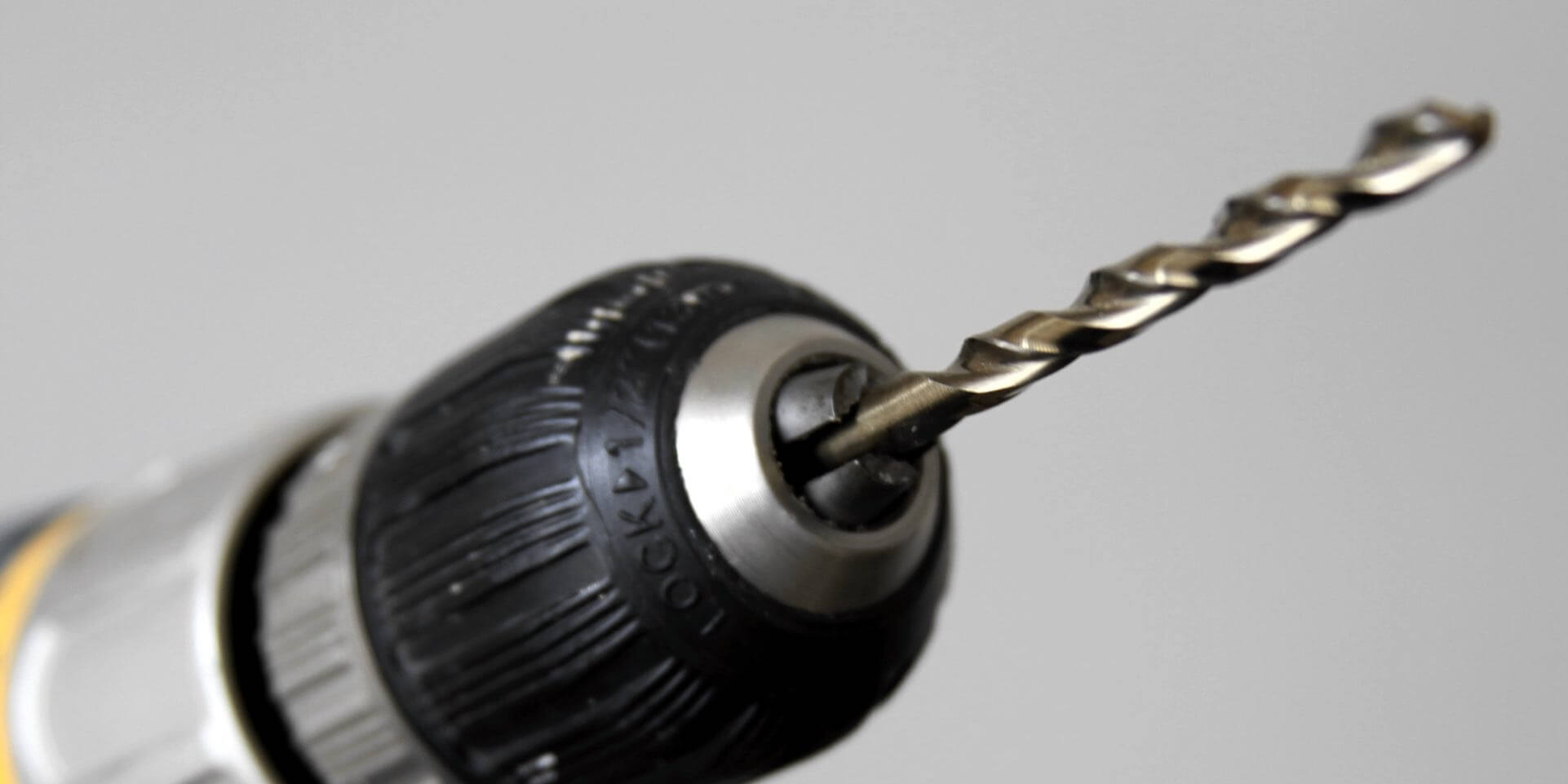
Regardless of the torque level, proper maintenance is crucial to ensure the longevity of your drill. Regularly clean and lubricate moving parts, check for any signs of wear, and follow the manufacturer's maintenance guidelines. This proactive approach can prevent issues and keep your drill in top condition.
Cost Considerations

The price difference between 150N.m and 100N.m torque drills is worth considering. While the higher torque models often come with a higher price tag, it's essential to weigh the cost against the specific needs of your projects. Sometimes, the investment in a more powerful drill pays off in increased efficiency and reduced project time.
As technology advances, we can expect continuous improvements in driver drill technology. Future trends may include even more compact yet powerful designs, enhanced battery technologies, and smart features that further streamline the drilling process. Staying informed about these trends can help you make future-proof tool investments.
Post time: Dec-06-2023

